Time flies, and the end of the year is cold. Before and after the New Year, the West has a tradition of exchanging greeting cards. People will personally select and even design exquisite cards, and personally send wishes for health, career and wealth to their families and close friends.
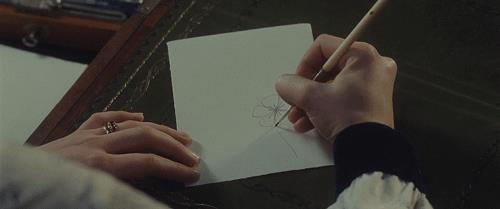
And among many sincere and warm congratulations, do you have a favorite sentence? There is such a sentence in the commonly used congratulations in English: "May Fortune Smile on you!" I wish you good luck year after year! , both vivid and human.
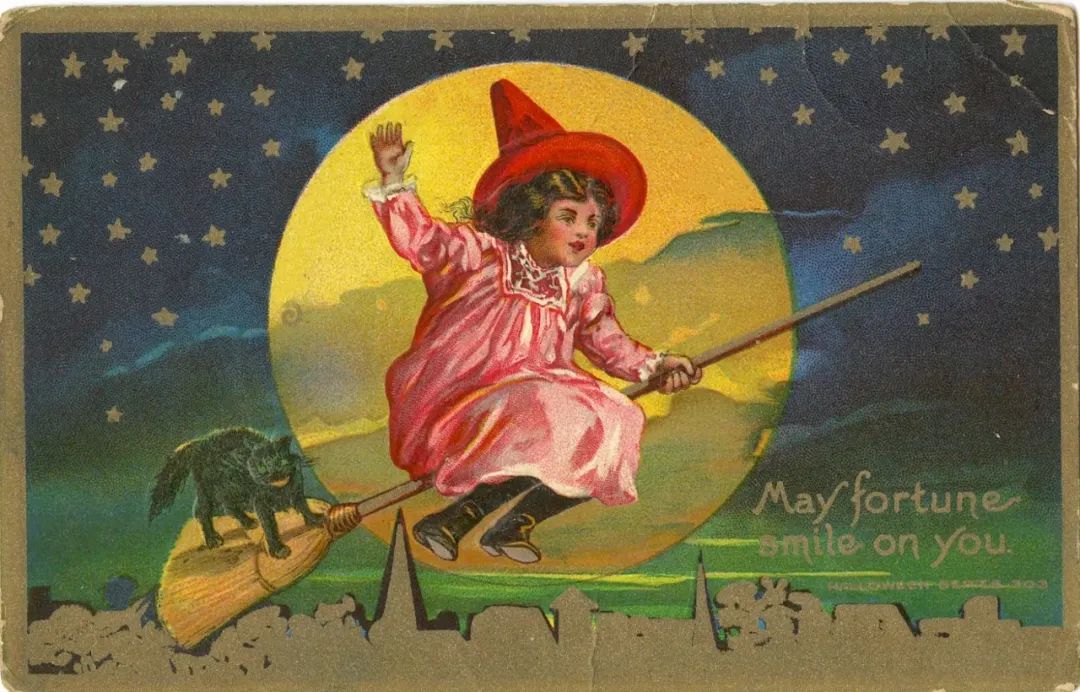
The word Fortune actually comes from Fortuna, the goddess of Fortuna in ancient Roman mythology. In the western tradition, her position is lofty, she is in charge of the fortune and wealth of the world, but she is moody and unpredictable …

Today, Deer invites everyone to enjoy a new baroque marble sculpture "Fable of Wealth" from 19th century France, while chatting with a "goddess of wealth" from the west.
01
The elusive beauty "God of Wealth"
Fortuna is one of the oldest gods in ancient Roman mythology, corresponding to Tyche in ancient Greek mythology. The word Fortuna comes from Ferre, which means "high yield" and "fertility". Her earliest logo was "Cornucopia", in which various crops were held, symbolizing a bumper harvest.
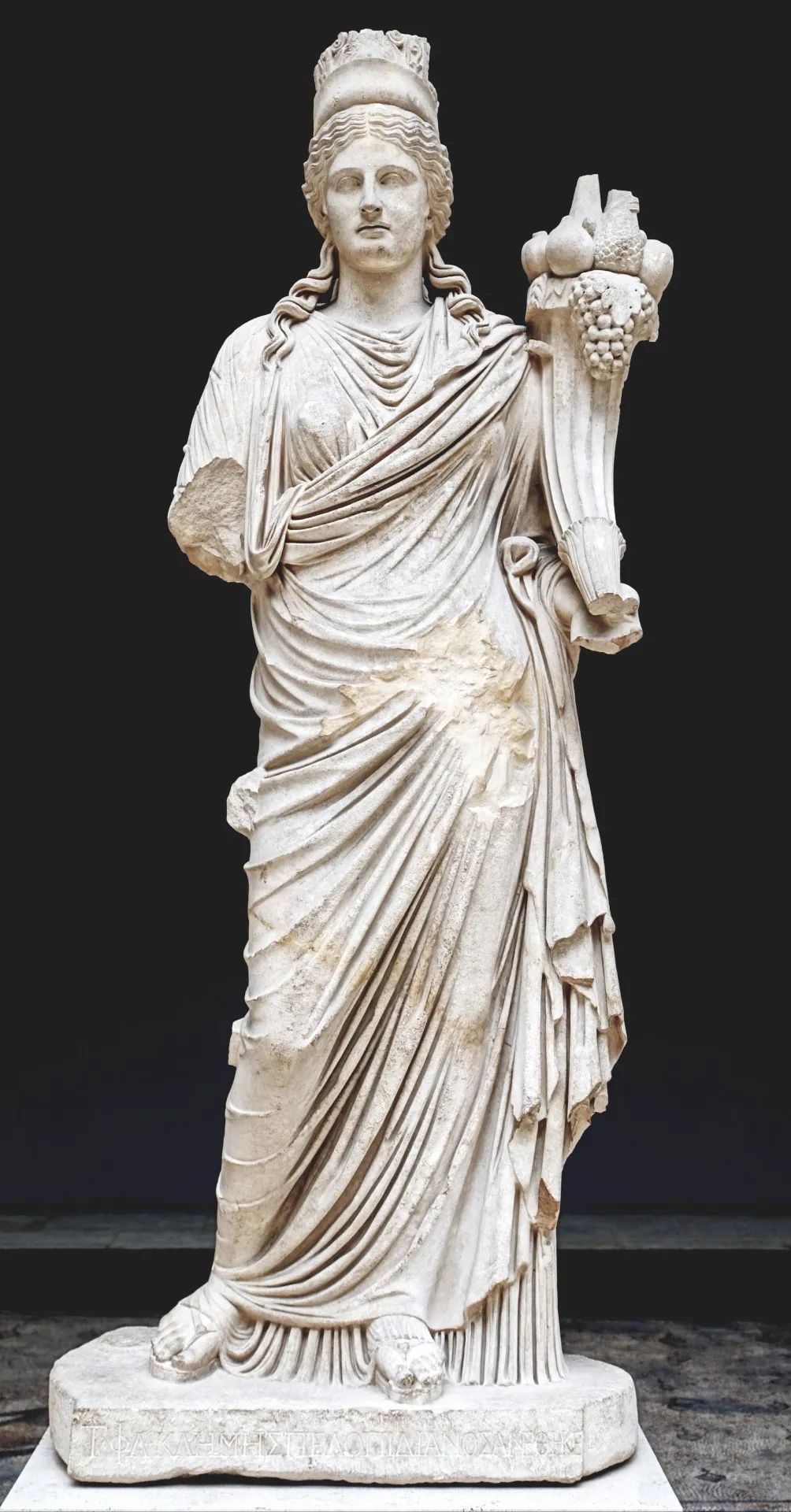
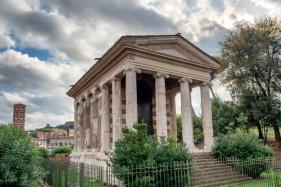
Left: Fortuna statue in ancient Rome; Right: The temple of Tunus in Rome, which is said to have been originally dedicated to Fortuna.
Due to the dependence of ancient agriculture on the weather and the lack of ability to resist natural disasters, this goddess was gradually endowed with the characteristics of "unpredictable". The goddess Fortuna on ancient Roman coins is often represented as sitting or stepping on a circle or wheel.
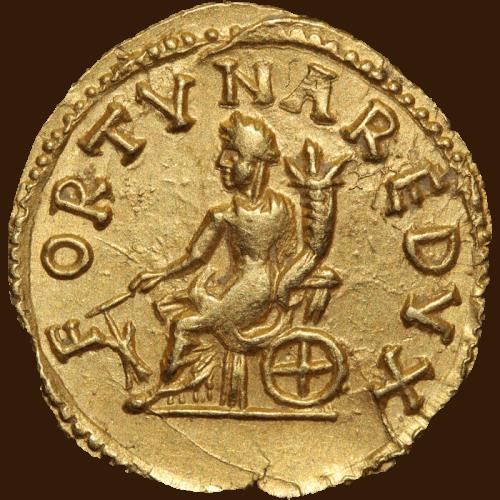
Fortuna on Roman coins
By the Middle Ages, influenced by the debates on "the inevitability of destiny" and "the impermanence of fortune" in the field of philosophy and literature, Fortuna was often portrayed as a blindfolded king in manuscripts, spinning the wheel of fortune at will and manipulating the ups and downs of all sentient beings.
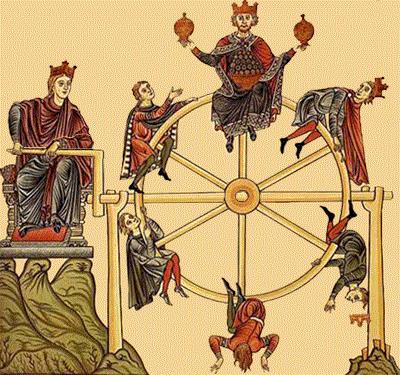
The "wheel of fortune" symbolizes the vicissitudes of human destiny, which is irresistible and elusive.
The wheel of fortune, which coexists with Fortuna’s iconography, is also a distinctive iconography in the history of western art, and has been integrated into many architectural designs with circular elements.
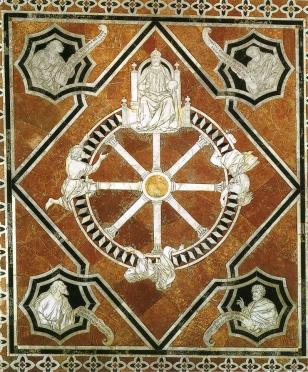
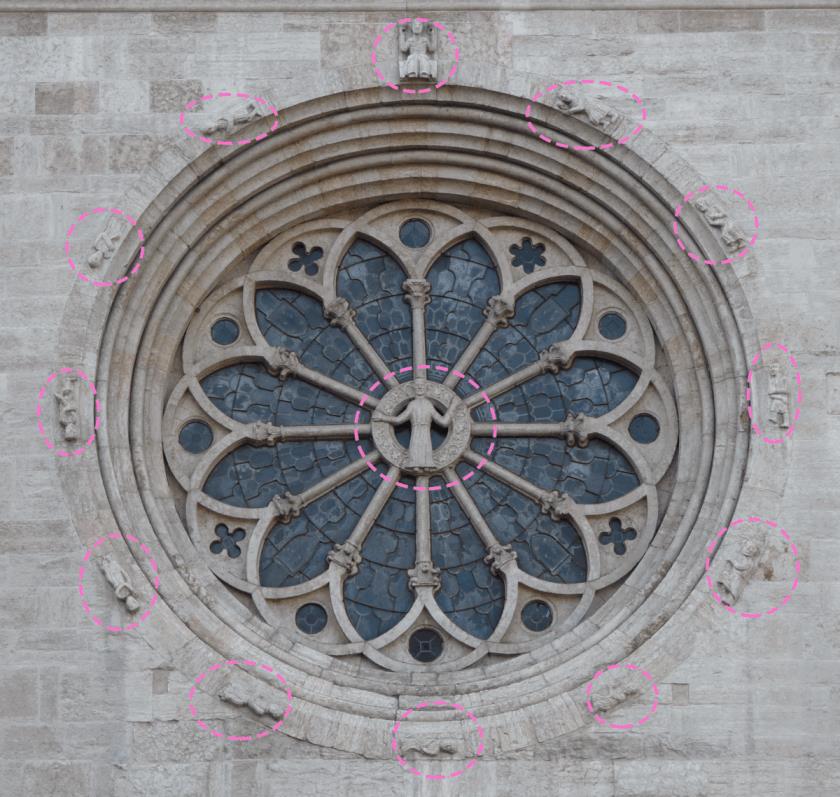
Left: mosaic on the ground of Siena Cathedral; Right: The element of "Wheel of Fortune" in the flower window design of Trento Cathedral.
The unpredictability and moodiness of "fortune", as the characteristic of Fortuna, has been stably maintained by later generations. In the images, it is often depicted by her hair standing on a ball or wheel, which floats with the wind and flies upwards. In many moral paintings of the Renaissance, there is a warning of "don’t lust after things outside the body".
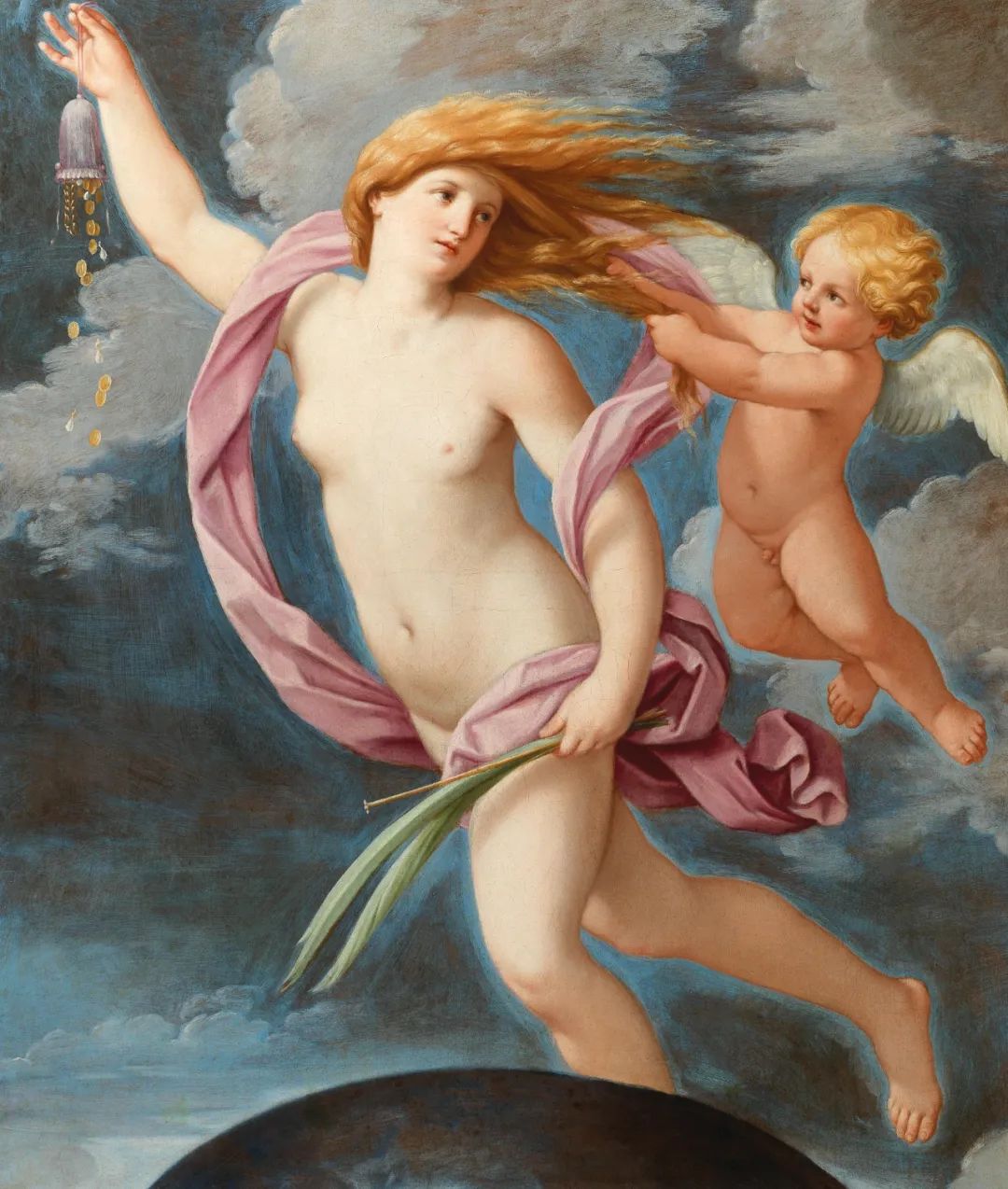
Guido Rainey, Fortuna with Wallet, 1637, oil painting on canvas, in the Vatican Museum.
02
Rich and beautiful baroque style
The baroque style, which began at the end of the 16th century and flourished in the 17th century, created an era with magnificence, fullness and grandeur as its beauty. In the field of painting, in the works of Baroque masters such as Rubens and Rembrandt, attractive women are full of grace and passion for life, which is quite different from the dignified and graceful classical beauty.
01
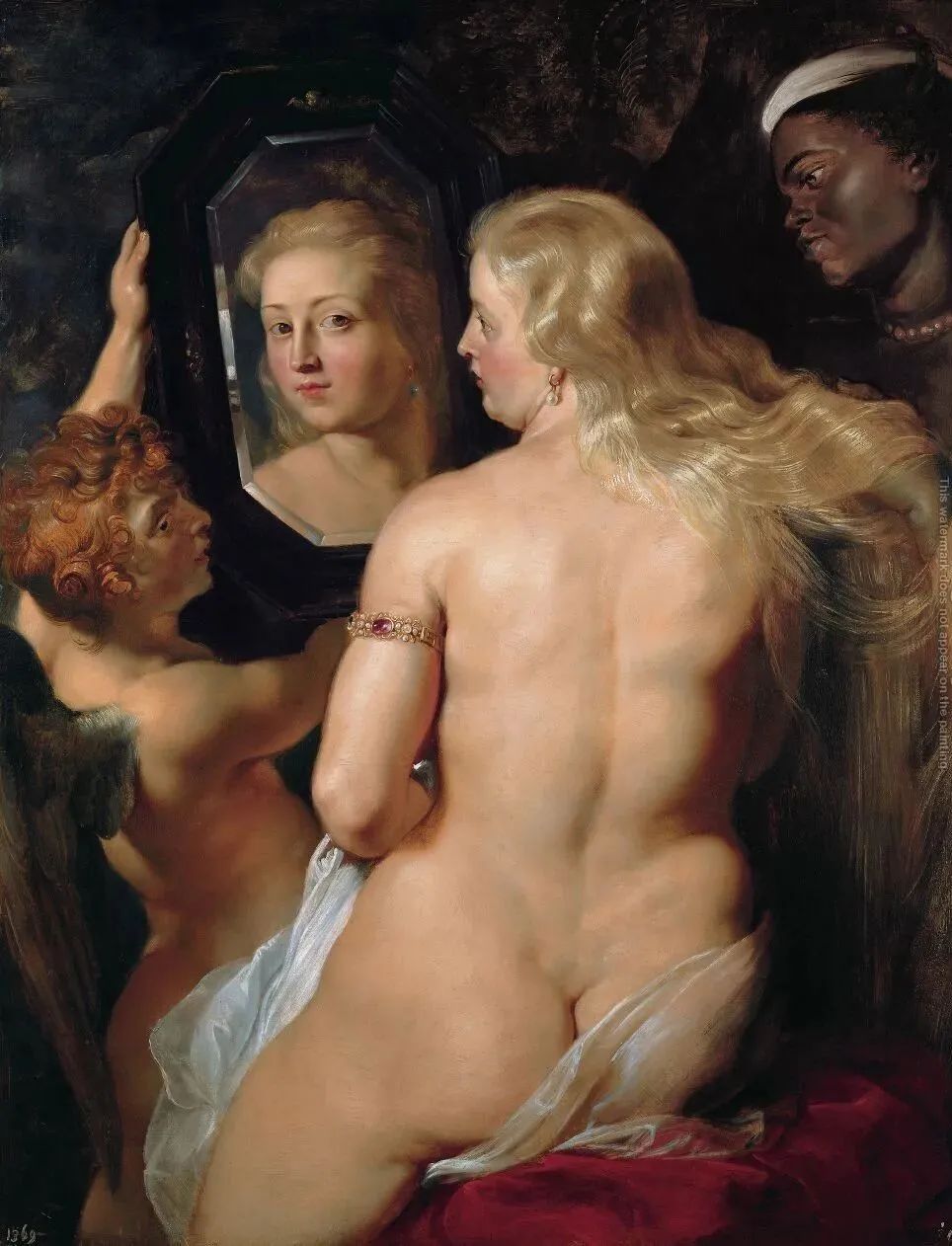
02
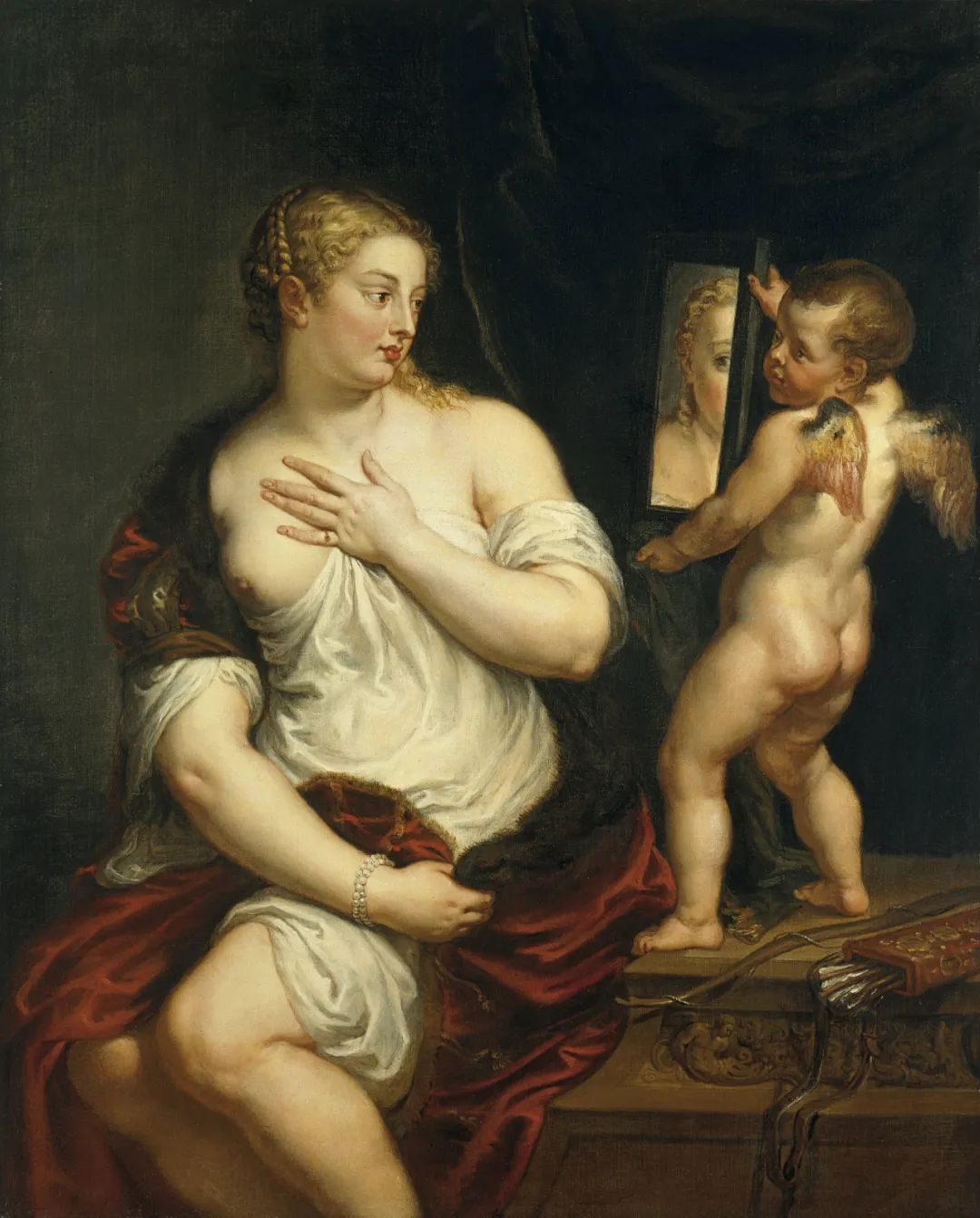
03
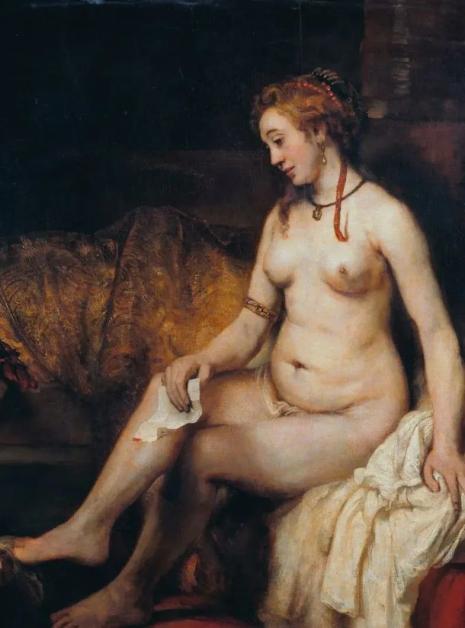
Swipe left and right to view
With the development of still life painting in the northern region, the fertile corner full of fruits and flowers has become the most representative element in Baroque painting, commemorating the prosperity and luxury of a golden age.
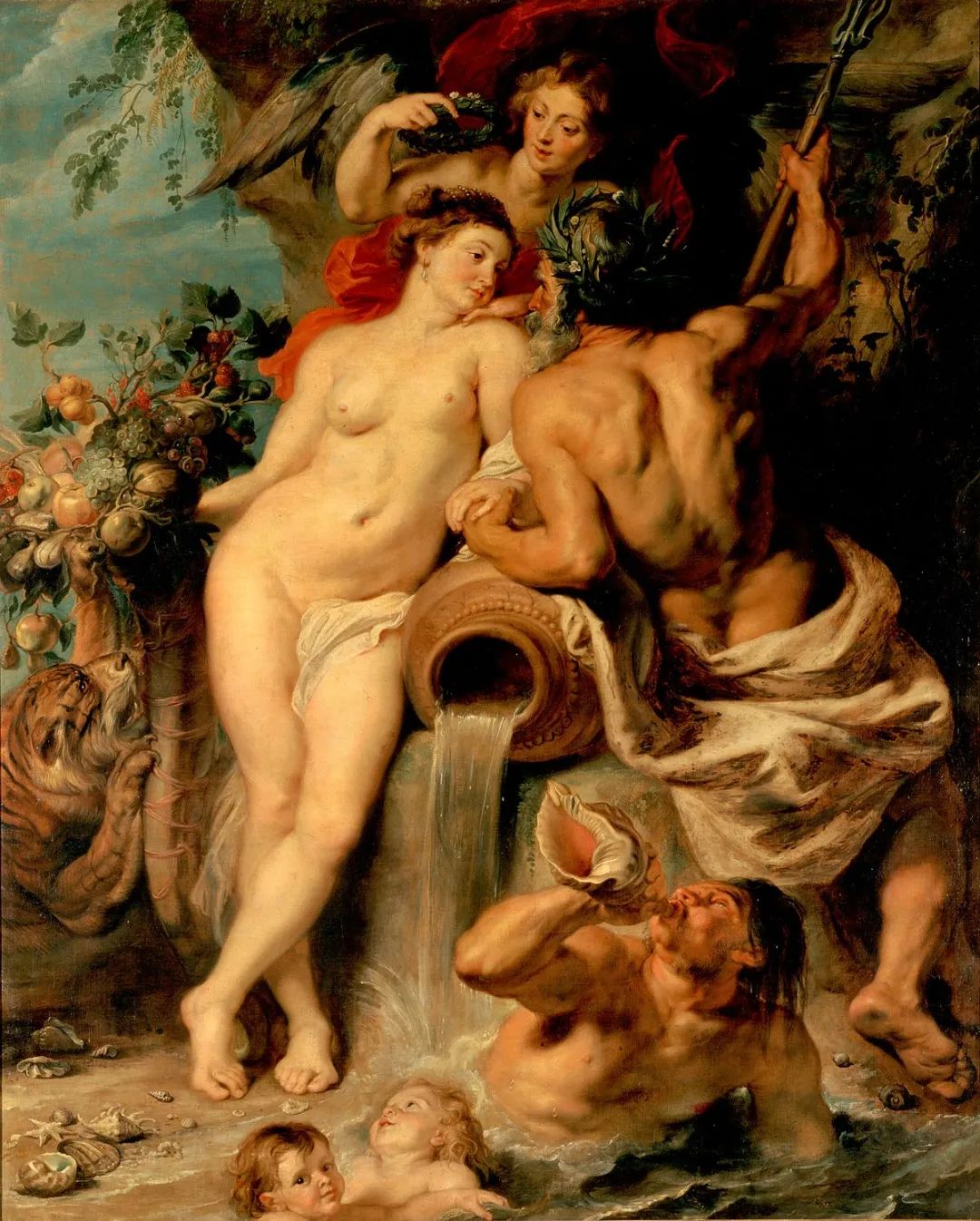
Rubens, Marriage of Land and Water, in 1618, collected in Ermita Day (Winter Palace) Museum.
In 19th century France, which advocated retro and eclecticism, Baroque style was once again popular in sculpture. Gustave Deloye, the author of this fable of wealth that the deer met, was the famous French Baroque sculptor at that time.
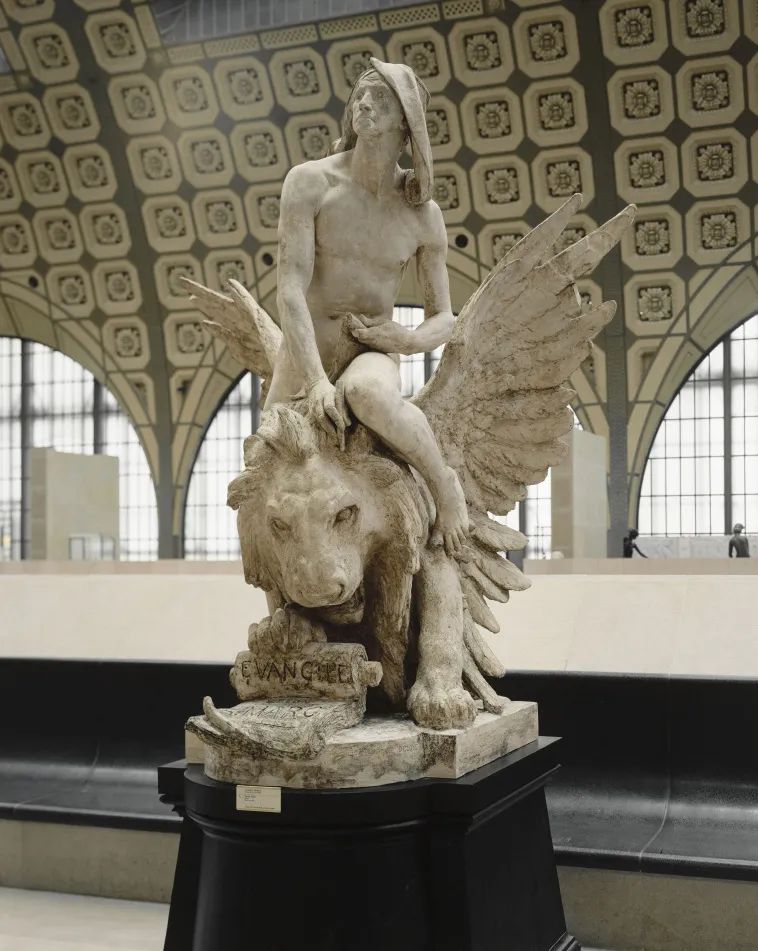
Gustave Deloye, Saint Kyle the Evangelist, 1878, marble sculpture, collected by Orsay Museum. He has created a large number of decorative sculptures for public buildings in Vienna, Rome and St. Petersburg, and won many awards in salon exhibitions.

This marble sculpture "Fable of Wealth" was created by Gustave Deloye, a famous sculptor, and shows Fortuna, the goddess in charge of fortune and wealth. The statue is made in his best baroque style, and its rich physical beauty and graceful temperament are very suitable for the goddess identity, which can be described as a match made in heaven.
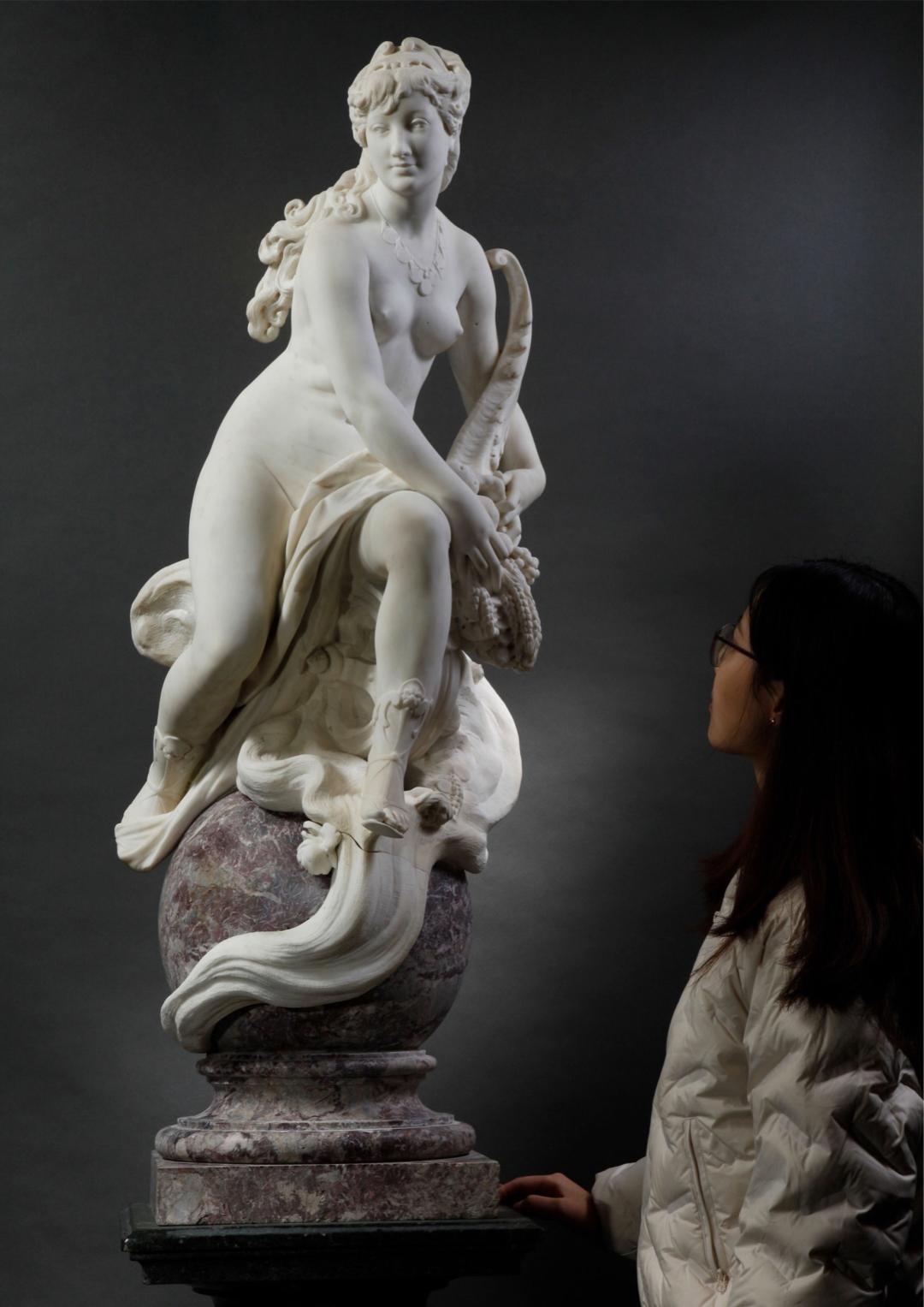
The overall height of the statue is 125 cm. The goddess sits on the wheel-shaped throne, and the water waves symbolizing wealth churn under the wheel. The spherical base is also the logo of Fortuna, made of purple marble with unique patterns.
The texture of the statue is delicate and plump, and the proportion of characters is accurate. The goddess’ beautiful face, rounded and harmonious limbs, and clear hair, the hardness and coldness of the stone seem to be gone under the skillful hands of the artist, and even the skin seems to have a temperature, which slowly fluctuates between breaths and exudes irresistible charm.
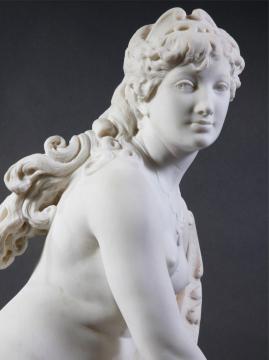
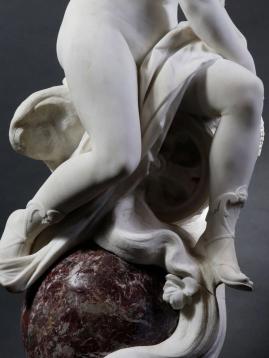
The goddess pursed her lips, smiled skillfully, with divine dignity, as if she had just met a lucky man and was very satisfied.
The goddess holds the horn of abundance in her arms, symbolizing the overflowing of delicious fruits and grains with endless wealth. The gentleness and charm that the goddess gently caresses with her delicate fingers make people feel uneasy.
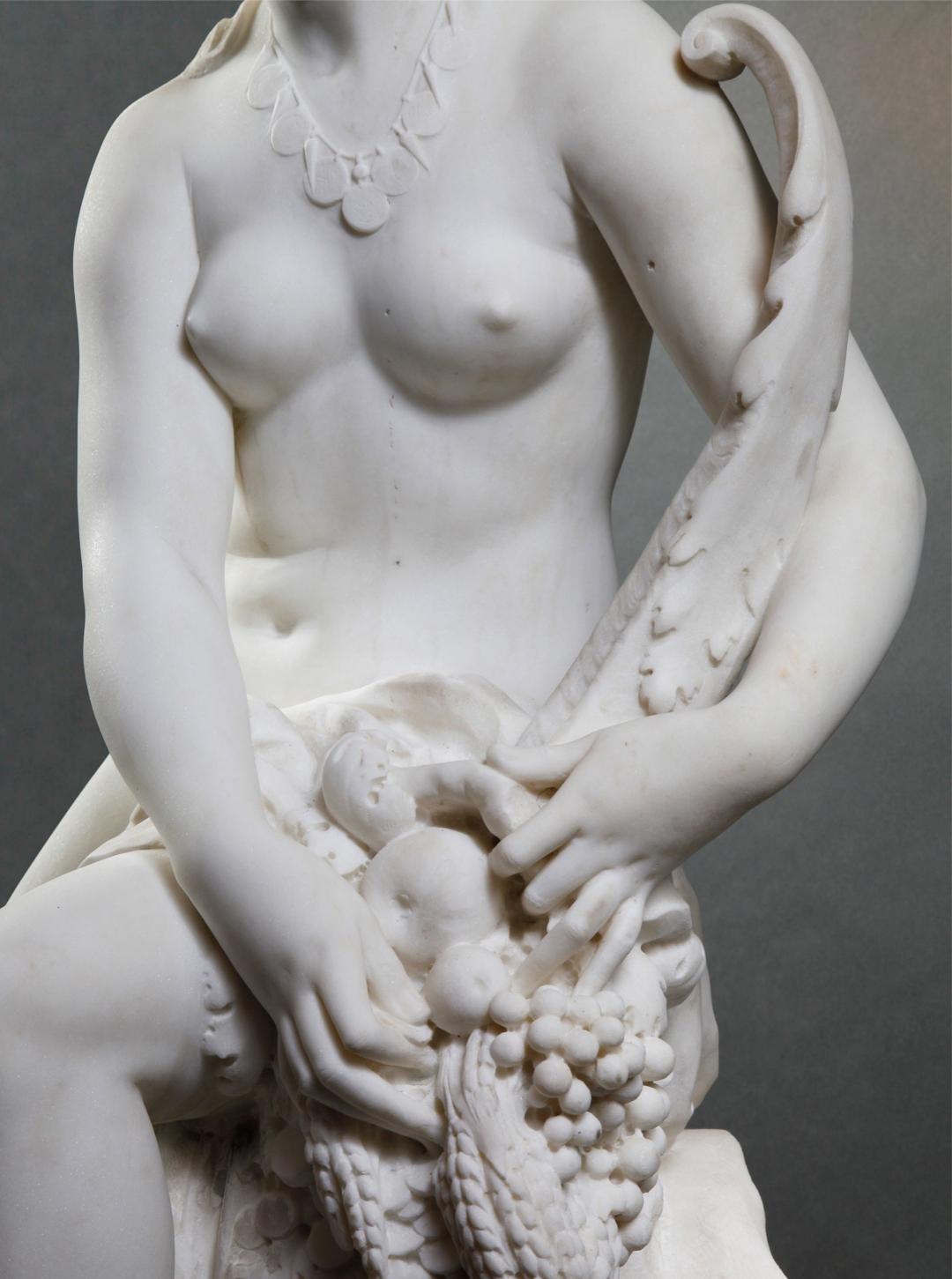
The artist’s profound skill is reflected in every detail. Appreciating the beauty of the goddess’ smooth back, the bones and sensuality are all present, which shows the "softness" and "toughness" of women vividly. In particular, the pair of shallow depressions above the goddess’ buttocks are the structure called "Venus’ dimples", which is the finishing touch.
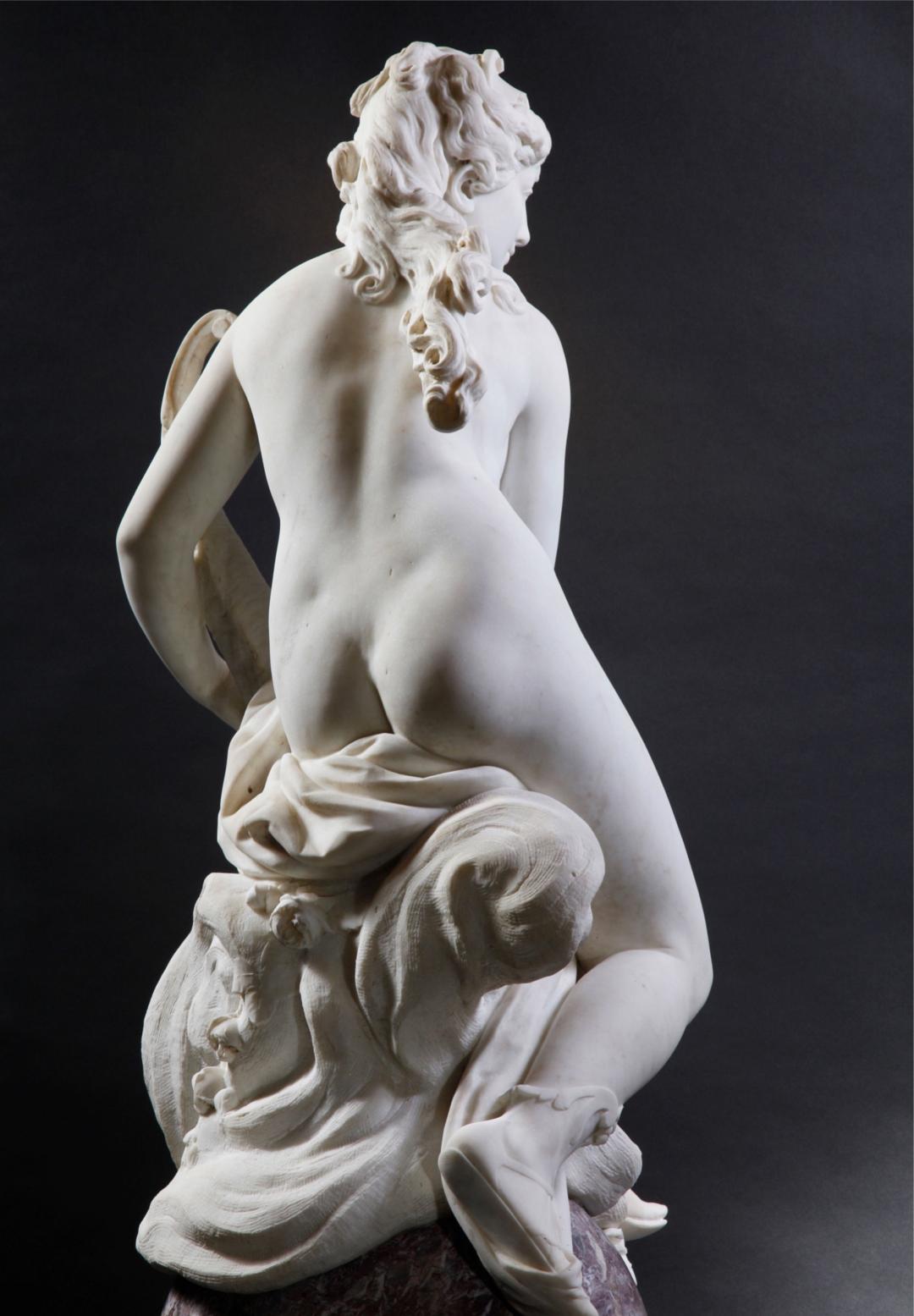
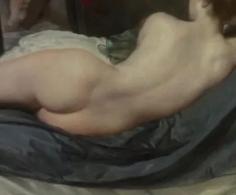
Left: Details on the back of The Fable of Wealth; Right: Velazquez, details of venus at her mirror.
The whole sculpture is made of high-quality Carrara marble, which comes from the north-central Italian city of carrara. The stone produced in the marble yard there is hard in texture, fine and even in grain, and polished to be as beautiful as suet, which is the most suitable stone for sculpture.
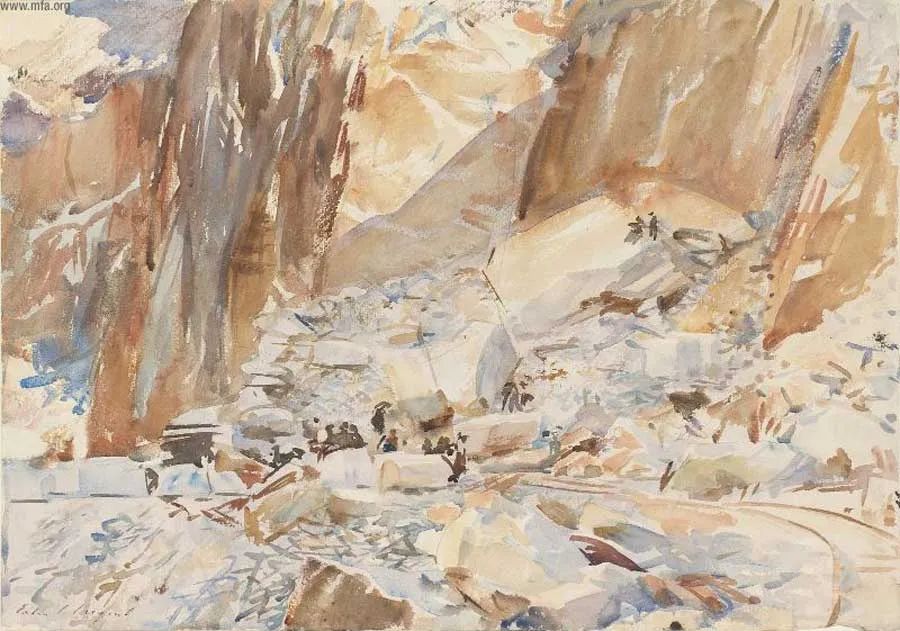
John Sargent, Marble Quarry in carrara, 1911, Paper Watercolor, Boston Art Museum. In the 19th century, after risorgimento, the precious carrara marble was more convenient to transport, which also gave more European artists the opportunity to use this marble to create.
The artist’s signature and date "G(ve). Deloye, 81" can be seen on the wheel hub of the goddess’ "wheel of fortune".
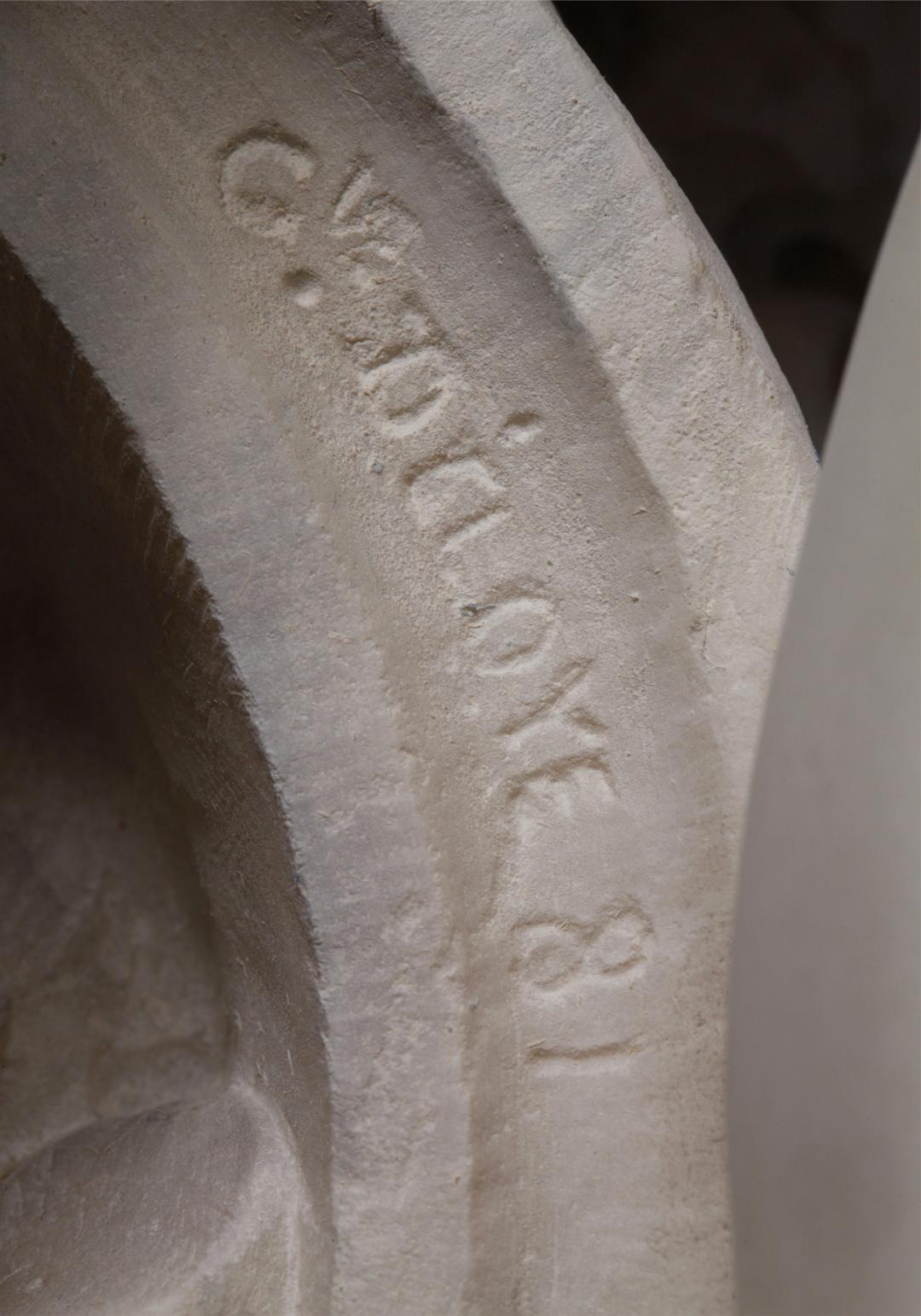
This Fable of Wealth is full of the magnificent charm of Baroque art, and it is a masterpiece of famous French artists: Fortuna is elegant and elegant, with exquisite carving skills, and it is a collection-level sculpture. Such a marble work with appropriate size has excellent appearance so far, which is a rare "fortune" in the world.

It’s a matter of extraordinary people to master the luck.
But when Fortuna smiled at you,
Why not seize the fleeting opportunity,
Let Zhu Youchang, who is like a wheel, be with you?
Original title: "A woman who holds luck also holds the secret of wealth"
Read the original text
关于作者